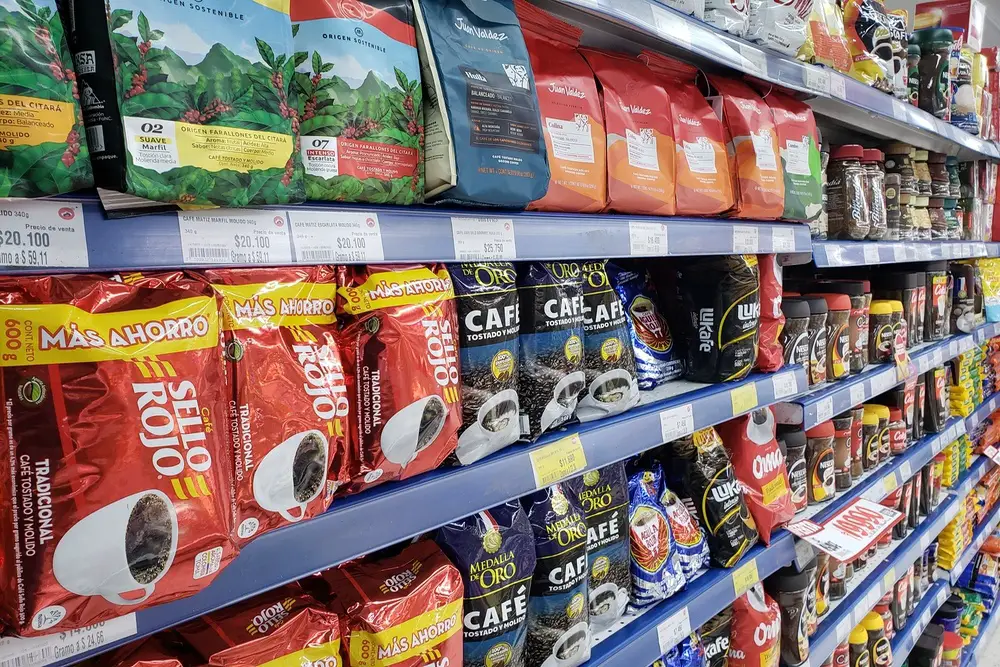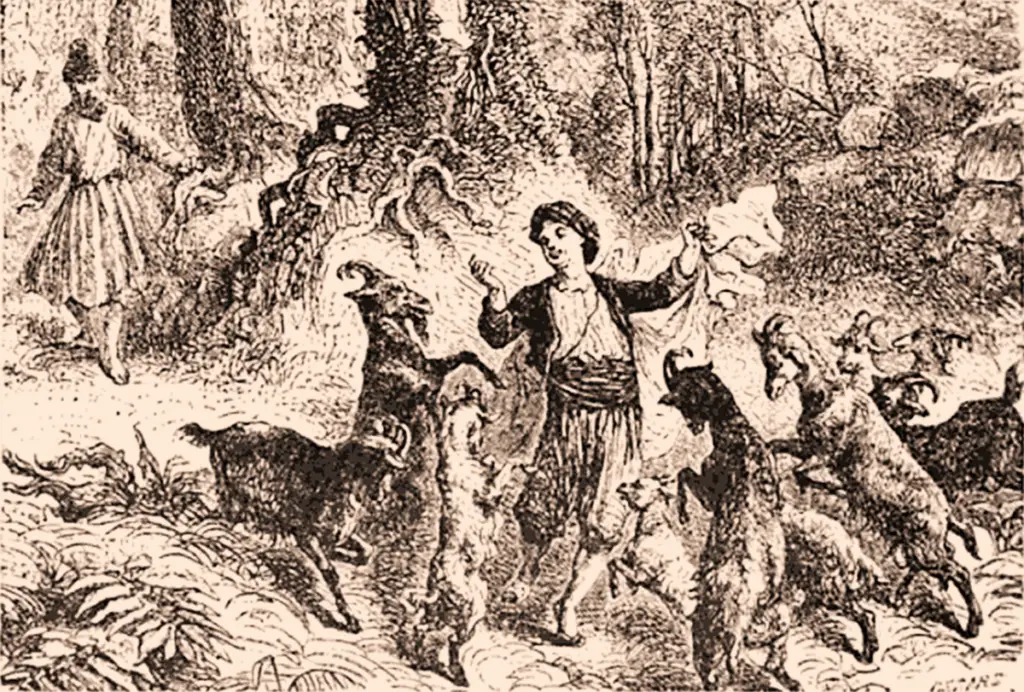Table of Contents
What creates the characteristic taste of coffee?
The rich taste of coffee with a special bitterness is due to the complex chemical composition of the beans. Coffee contains about a thousand different components. However, not all types of coffee taste the same, which is due to different aspects.
Depending on how the coffee trees are planted and cultivated, the taste of the coffee can change. For example, the use of hands or machines when picking can produce a specific flavor profile in each case, since the use of machines can mix ripe beans with unripe beans. Hand picking, on the other hand, allows the pickers to focus on picking only the ripest beans, resulting in a better flavor profile.
The quality of the soil, the elevation above sea level and the use of pesticides or other chemicals that affect the quality of the soil also change the final taste of the coffee.
Due to the components of coffee, the aroma and taste change when it is heated or cooled. Also, a cup of coffee that has cooled will begin to taste sour due to the increased acidity.
How does reheated coffee taste?
Coffee beans contain oily substances called coffee oils that give coffee its flavor and aroma. Coffee oils evaporate when the coffee is heated too quickly or over a long period of time. Therefore, when reheated, the cooled coffee tastes bitter because the oils have been reduced or removed, making it difficult to discern the flavor and aroma of the coffee.
Green coffee contains chlorogenic acids, which are broken down into quinic acid and caffeic acid during the roasting process. Quinic acid and caffeic acid have a more pronounced bitter taste than chlorogenic acid.
When the coffee is reheated, the effects of the quinic acid and caffeic acid are increased, giving the coffee an even more bitter taste.
The taste may vary depending on the degree of roasting
The degree of bitterness when reheating depends on the type of roasting the coffee beans have undergone. The bitterness of a dark roast will be even more pronounced.
This is because dark roasts have received more heat during the roasting process, causing them to contain more bitter-tasting caffeic acid and quinic acid than lighter roasts.
What about the caffeine content in warmed coffee?
There are conflicting views on this. For example, it is claimed that the caffeine content of coffee can decrease by up to 85% after heating.
On the other hand, some experts argue that caffeine doesn’t really respond to temperature changes since it’s a fairly stable organic molecule that’s created during the coffee bean’s biological ripening process. In other words, the perception of less caffeine is subjective, it is related to mood swings, for example.
Also, the sensory experiences we have from drinking a fresh hot cup of coffee are different from those from overheated coffee; the aroma or taste can affect our perception of caffeine content. Another report, complementing the fact that caffeine is a given by us, warns that higher caffeine consumption can paradoxically decrease energy.
According to this theory, the coffee would have to be vaped at a temperature greater than 176°C to cause any real loss of caffeine.
Coffee cups with heating function
While this alternative can maintain the temperature, it results in a more bitter coffee. Any type of coffee maker or carafe that transfers heat to the coffee to keep it hot will bring out the bitter taste.
How about a thermos?
This alternative is effective as it merely insulates the coffee to keep its temperature as long as possible, ie no additional heat is applied. It is ideal for keeping coffee hot and preventing it from becoming bitter.
Reheating coffee: how to do it right?
If you find yourself in a situation where the change in taste isn’t a problem, but it is important that the coffee is hot, then consider the following recommendations so that the change isn’t so abrupt.
The most common methods of reheating coffee are in the microwave or directly on the stovetop. The former is the most recommended in order to shorten the time in which the chemical acids and the caffeic acids are released.
Reheating coffee in the microwave
Coffee in the microwave should only be heated for a few seconds. Be careful not to overheat the coffee. When reheating your coffee, also keep the following recommendations in mind:
- Choose a microwave-safe mug
- After heating, let stand for half a minute
- Stir and check the temperature
Warming up coffee on the stove
Be sure to keep the flame low. Coffee should only be reheated slowly to keep the negative effects as small as possible.
Although this method takes longer than the microwave method, the coffee does not taste as bitter.
Conclusion
Reheating coffee is not a good idea. Reheating changes the chemical composition of the coffee and reshapes the flavor profile. If you reheat coffee, the flavor may be lost. Repeated warm-ups usually produce even worse results.



